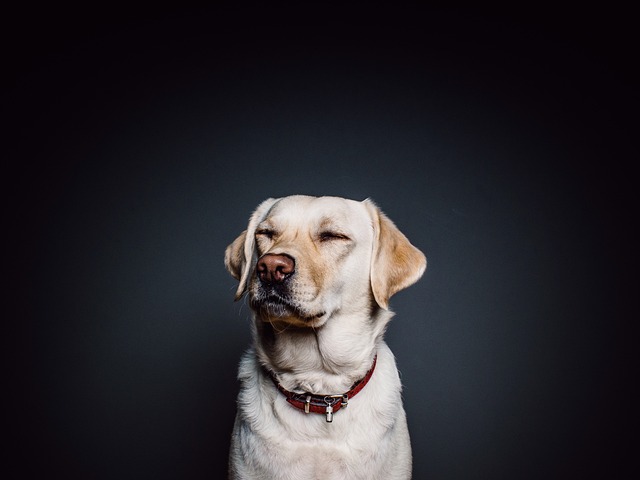
How can I tell if my dog's heatstroke is serious
Let’s be real: It’s a sticky August morning in Los Angeles, and you took your 2-year-old Golden Retriever, Max, for a walk a little later than usual
Dogs often resist dental procedures, but tooth extraction becomes necessary when decay or infection threatens their health. After the surgery, one of the first questions owners face is about mealtime—understandable, since a hungry pup can turn into a persistent beggar. Veterinarians typically recommend waiting 2 to 4 hours after the procedure before offering food, but this window can shift based on your dog’s size, age, and how smoothly the extraction went.
Small breeds or senior dogs might need a bit longer to recover from anesthesia, so holding off an extra hour could prevent nausea or vomiting. Larger dogs with strong constitutions, though, may start nuzzling their bowls sooner. Always follow your vet’s timeline over general advice—they know your dog’s specific case.
When it’s time to feed, skip dry kibble. Crunchy food can irritate the extraction site, dislodge blood clots, or cause pain. Instead, opt for soft, moist options. Canned dog food works well, or you can soak kibble in warm water until it’s mushy. Some owners blend plain, cooked chicken or rice into a paste—just avoid anything spicy, salty, or seasoned with garlic or onions, which are toxic to dogs.
 Monitor how your dog eats. If they’re hesitant, eat very little, or show signs of discomfort (like whimpering while chewing), contact your vet. These could be signs of complications, like an infection or dry socket. Also, check the site gently once a day for redness, swelling, or pus—normal healing should look clean and gradually improve.
Monitor how your dog eats. If they’re hesitant, eat very little, or show signs of discomfort (like whimpering while chewing), contact your vet. These could be signs of complications, like an infection or dry socket. Also, check the site gently once a day for redness, swelling, or pus—normal healing should look clean and gradually improve.
In many countries, animal welfare laws require owners to provide proper post-care for pets recovering from surgery. Neglecting your dog’s dental recovery could even be considered a violation. Think of it like caring for a child after a tooth pulled—you’d adjust their diet and watch for problems, and your dog deserves the same attention.
Stick to soft foods for at least 5 to 7 days after the extraction. After that, slowly transition back to their regular diet by mixing soft and dry food. If they handle that without issues, you can fully switch back. Rushing this transition risks setbacks, so patience pays off.
Remember, every dog heals differently. A young, healthy lab might bounce back in a week, while an older terrier with other health issues may need more time. Stay in touch with your vet if you have concerns—they can guide you through any bumps in the road.
By following these steps, you’ll help your dog recover comfortably and avoid complications. Before you know it, they’ll be chomping on their favorite treats again—this time with a healthier mouth.

Let’s be real: It’s a sticky August morning in Los Angeles, and you took your 2-year-old Golden Retriever, Max, for a walk a little later than usual

You're enjoying a summer afternoon at the park when you notice your dog has stopped panting and appears disoriented - their gums are bright red

Let’s paint the picture: You’re in your Denver apartment, watching your 4-year-old Boston Terrier, Ruby, plop down mid-play session with her favorite toy

Many dog owners notice their pets nails seem shorter after regular walks,but how much does this daily activity actually help?The answer depends on where you walk—concrete sidewalks or asphalt streets gently file nails as a dog's paws hit the ground

Most dog owners notice their pup scooting across the carpet at some point, but few connect it to impacted anal glands. These small sacs near a dog’s rectum secrete a scent for marking territory

Most vets agree that regular dog teeth cleaning is key to avoiding painful dental issues later. For healthy adult dogs, a professional cleaning at the vet’s office every 12 to 18 months usually works well.